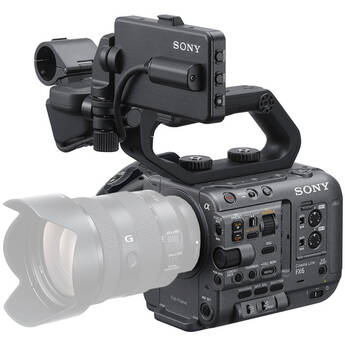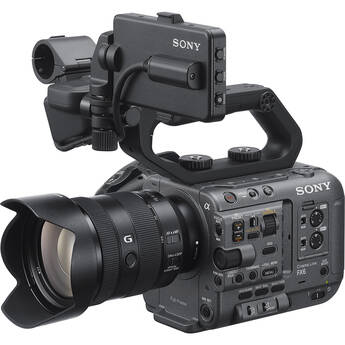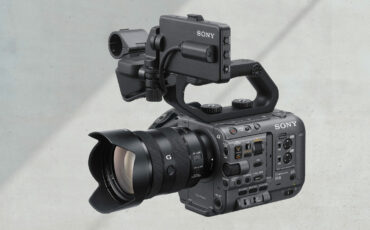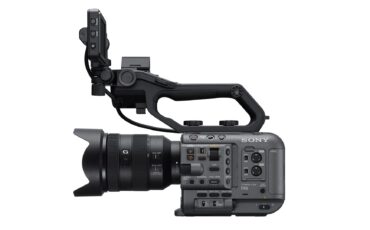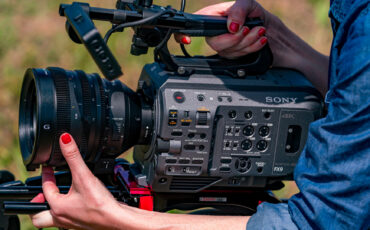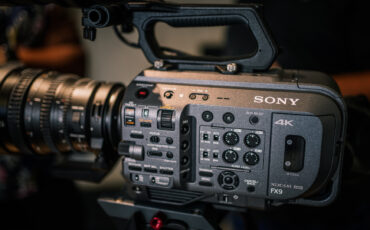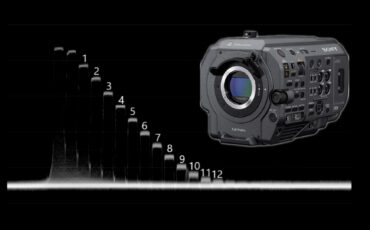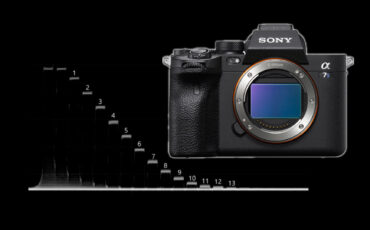Sony FX6 Review First Look – An Almost Perfect Camera
Music Courtesy of Epidemic Sound
Here are my thoughts on the newly announced Sony FX6, which I was able to use for a few days. Be sure to also check out our news post about the FX6 which covers all the tech specs of the camera. But here’s my Sony FX6 Review, a first look.
Mind you that we had access to a pre-production version of the camera with an early firmware. We will re-test some aspects in detail and add our lab test when we get access to a production version of the camera.
Sony FX6 – a mini FX9?
The FX6 looks like a mini version of the FX9, and it’s easy to compare the two to the Sony FS7 and FS5. The FS5 really was a specced-down version of the FS7, with a weaker codec.
The quality differences in recording quality between the FX9 and FX6 are less distinct, however, but let’s get to this a little bit later. First, let’s look at the FX6 itself!
Doug Jensen's Sony FX6 Camera Master Class
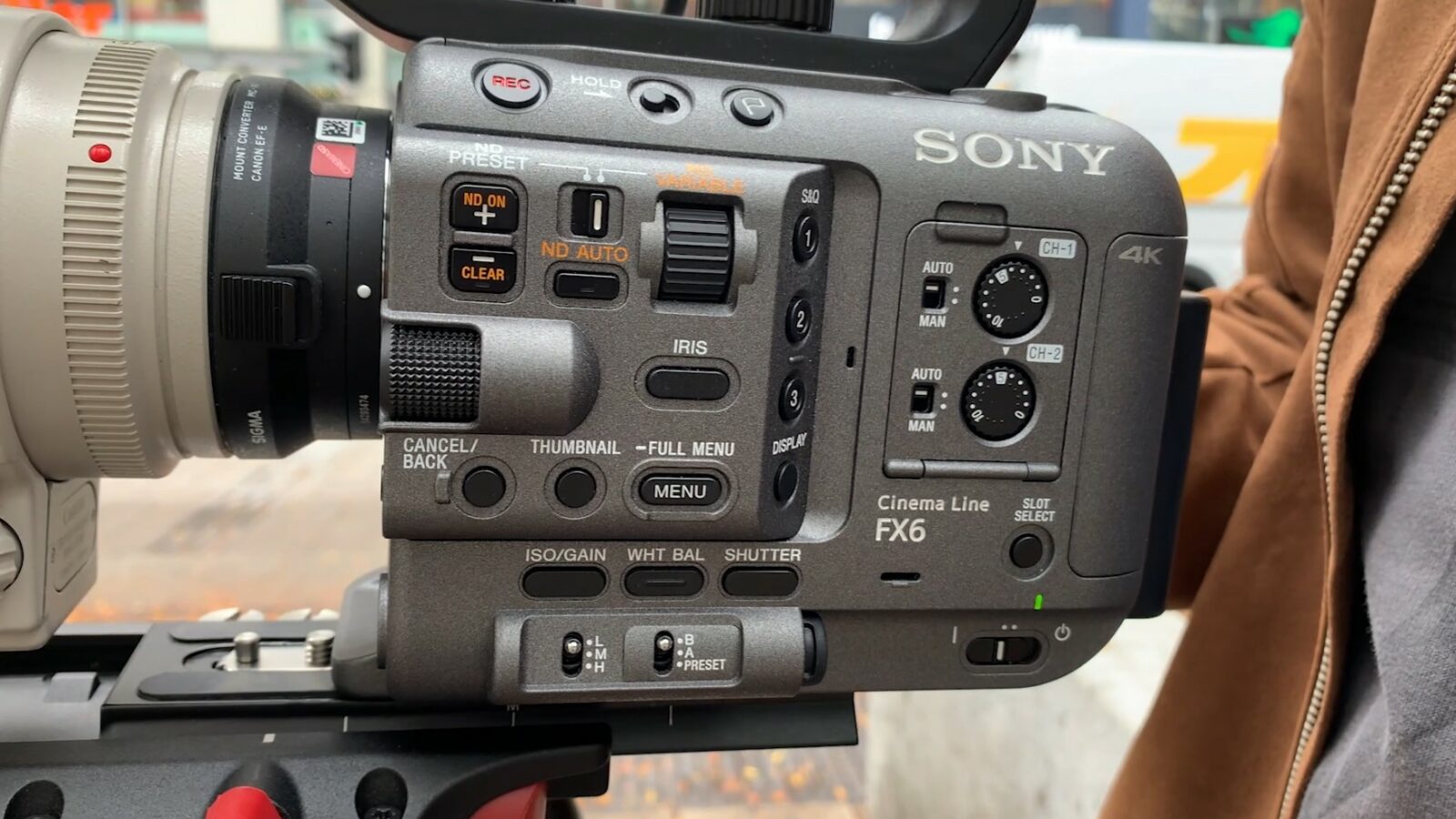
Camera shape and form factor
The camera body itself is tiny. When you take off the top and side handles, you are left with a little lightweight box that can easily be put in all kinds of small shooting spaces or on a gimbal, for example.
To me, the form factor feels close to perfect. It’s super easy to adjust the handle to almost any position, and it’s also easy to reposition the monitor to various mounting points on the body. It weighs next to nothing but it’s not like you are missing any features from it: the famous electronic variable ND filter is in there as well, and this is something that is still unique to Sony pro cameras. Being able to adjust ND intensity stepless and without any color shift.
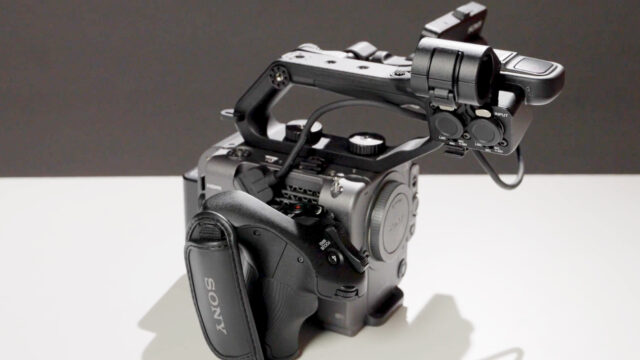
Position of the XLR ports – on the handle
Compared to the FS5, the two XLR ports have moved back up into the detachable handle. I was a fan of the positioning in the FS5 where one XLR was in the body itself, because it meant you don’t lose all audio inputs when you detach the handle. However that is the case with the FX6. You are left only with a low-quality built-in mic in the body, there isn’t even a mini jack mic input. However, the FX6 has a Timecode in/out port in the body itself, which is hugely useful for professional productions, and that means you can attach something like a Tentacle Sync timecode box to sync up with your external audio recording or other cameras.
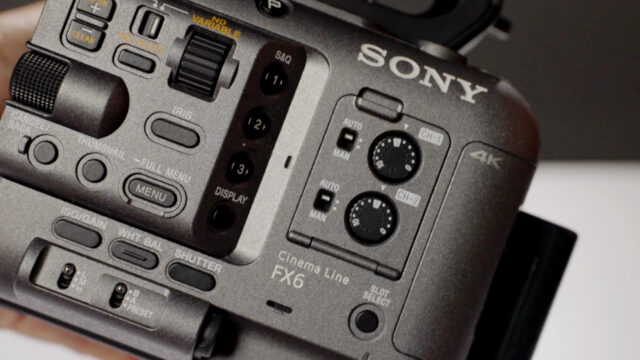
Button layout, quick menu
The button layout on the side is intuitive and will be very familiar to Sony users, and the camera has a number of assignable buttons all over the body. Sony has a new quick menu in the FX6 that shows up when you press the menu button once, and it’s essentially 10 pages of the most-needed functions laid out in grid form. While I was quite excited about it when I saw this for the first time – and it’s also available in the FX9 since the firmware 2.0 update – I have to say that I find that this still needs a bit more work from Sony until it becomes really useful. Many functions don’t work together that are supposed to work together, and a lot of important things are missing – so in the end, I still find myself using the normal full menu, which shows up after a long press of the menu button.
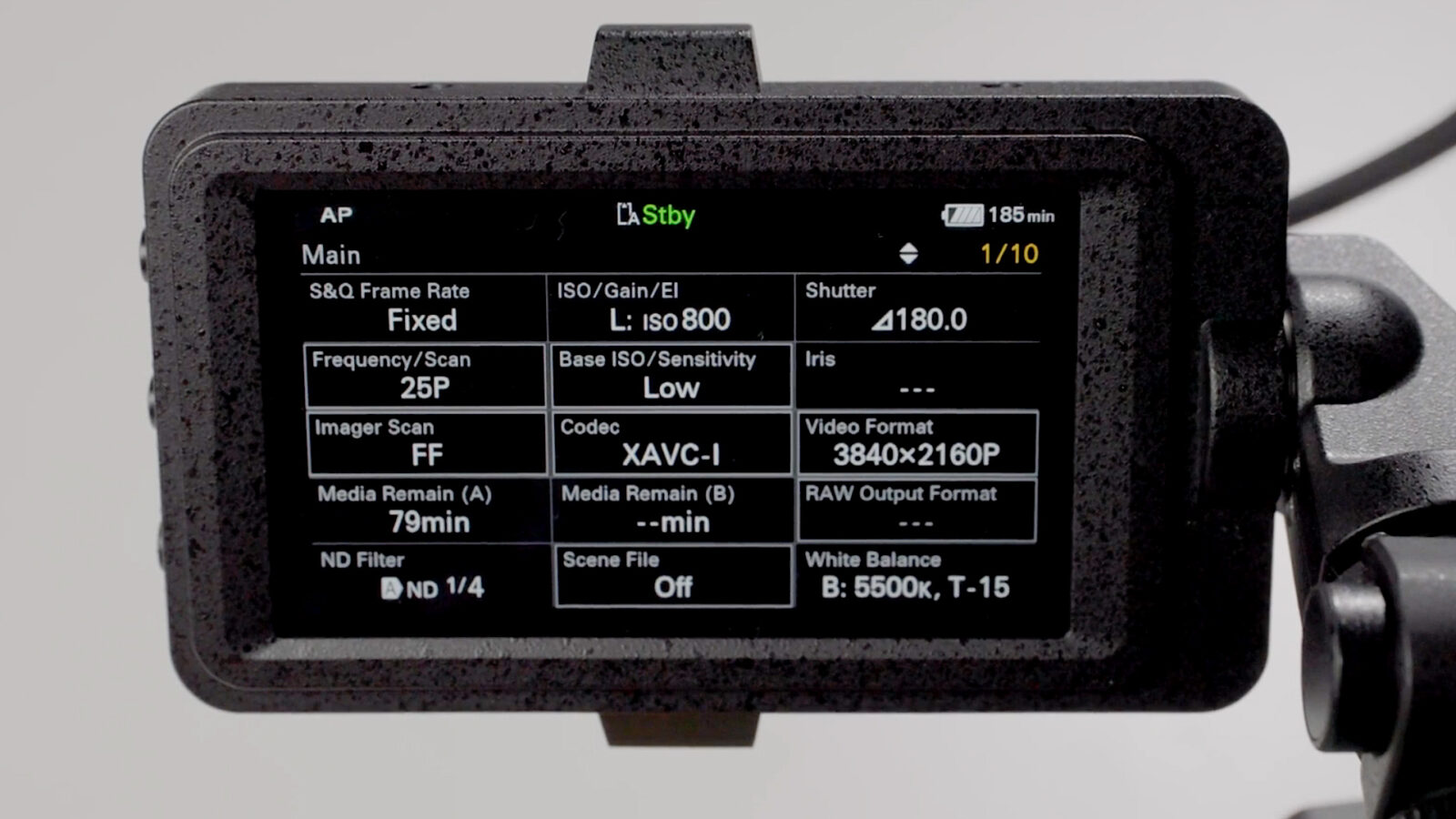
720p touch screen
The screen is identical with the screen from the FX9. It’s 720p resolution and a touch screen, however don’t expect the same responsiveness for touch you are used to from the a7s III. While the camera has the same amazing facial recognition autofocus as the FX9, which works just as well, it doesn’t share the touch tracking functionality from the a7S III which is quite useful.
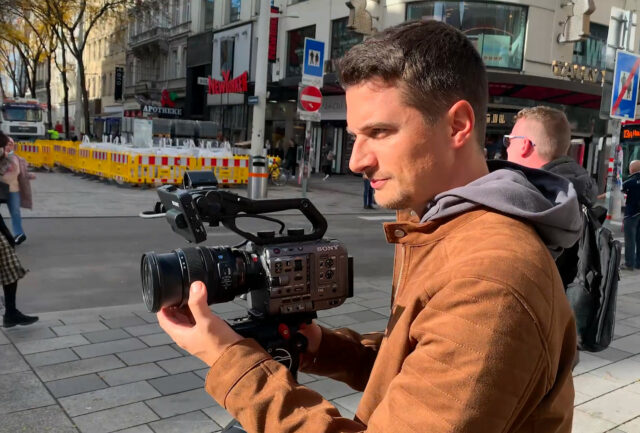
Sony FX6 – an a7S III in a pro video body?
In general, think of the Sony FX6 uses the a7S III guts in a pro video body. Sony could not confirm, but I am almost 100% certain that they took the sensor and other technologies from the a7S III and combined it with the best from the FX9. When you crop the 12 megapixel sensor from the a7S III to 16:9, you end up roughly with the 10.2 megapixels the FX6 has.
FX6, a low light beast
Also, it shares similar native ISO values with the a7S III at 800 and 12,800 ISO. On the a7S III, the lower native ISO is 640.

And yes, that also means that the FX6 seems to be an absolute low-light beast. We haven’t finished a side-by-side yet as we didn’t have the FX6 long enough, but my feeling is that the better processing of the camera actually produces even cleaner low light images than the a7S III. That would make the FX6 probably the most capable low light camera on the market. We will test this side-by-side once we get our hands on a final production model of the FX6. In our a7S III lab test we measured quite exceptional dynamic range and very low rolling shutter on the a7S III, and I will bet my left arm that we will see similar results in our FX6 lab test once we test the production models.
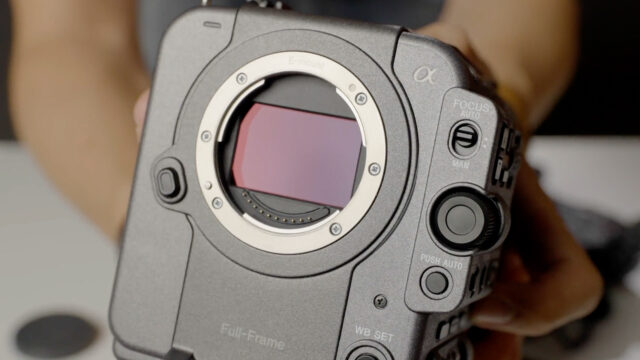
10.2 megapixel sensor – native 4K, S-Cinetone available
The 10.2 megapixel sensor in the FX6 is a native 4K resolution sensor, not the 6K sensor from the FX9 which gets downsampled to 4K. That means that the FX9 still retains more detail, but in both cases you end up with a 4K image recorded into the XAVC-I intraframe- and XAVC-L-Long-GOP-Codecs. Yes, the FX6 records in the same codecs as the FX9, not the ones of the a7S III. And you have of course Slog 3 but also S-Cinetone available in the FX6, just like in the FX9.
Same recording media as a7S III
In terms of recording media, the FX6 takes the same cards as an a7S III: SD card V90 or CF Express Type-A cards, so no more XQD cards like in the FX9 and also the FS7 series.
In terms of codecs, the FX6 is recording in the same codecs as the FX9, which is interesting, because it leaves out the H.265 based codec for the high frame rates that is used in the a7S III. Read more on the codecs in our news article about the camera here.
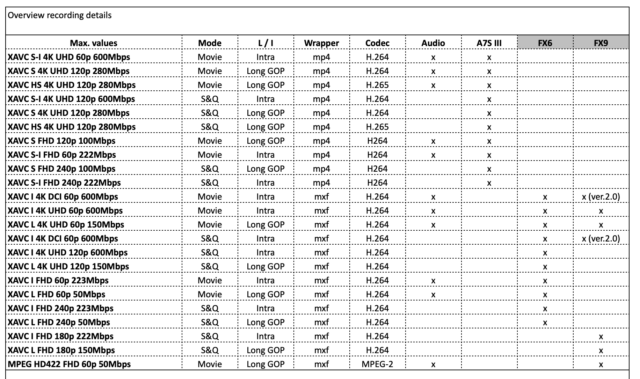
No IBIS, but gyro data for post stabilization
Unlike the a7S III, the FX6 does not feature in-body stabilization. We have been told by Sony that it’s impossible to have IBIS in a camera with a built-in mechanical ND. However, like with the FX9, the FX6 has a gyroscope built in and it records the movements of the camera. Using Sony’s own Catalyst software you can apply post-stabilization using that data.
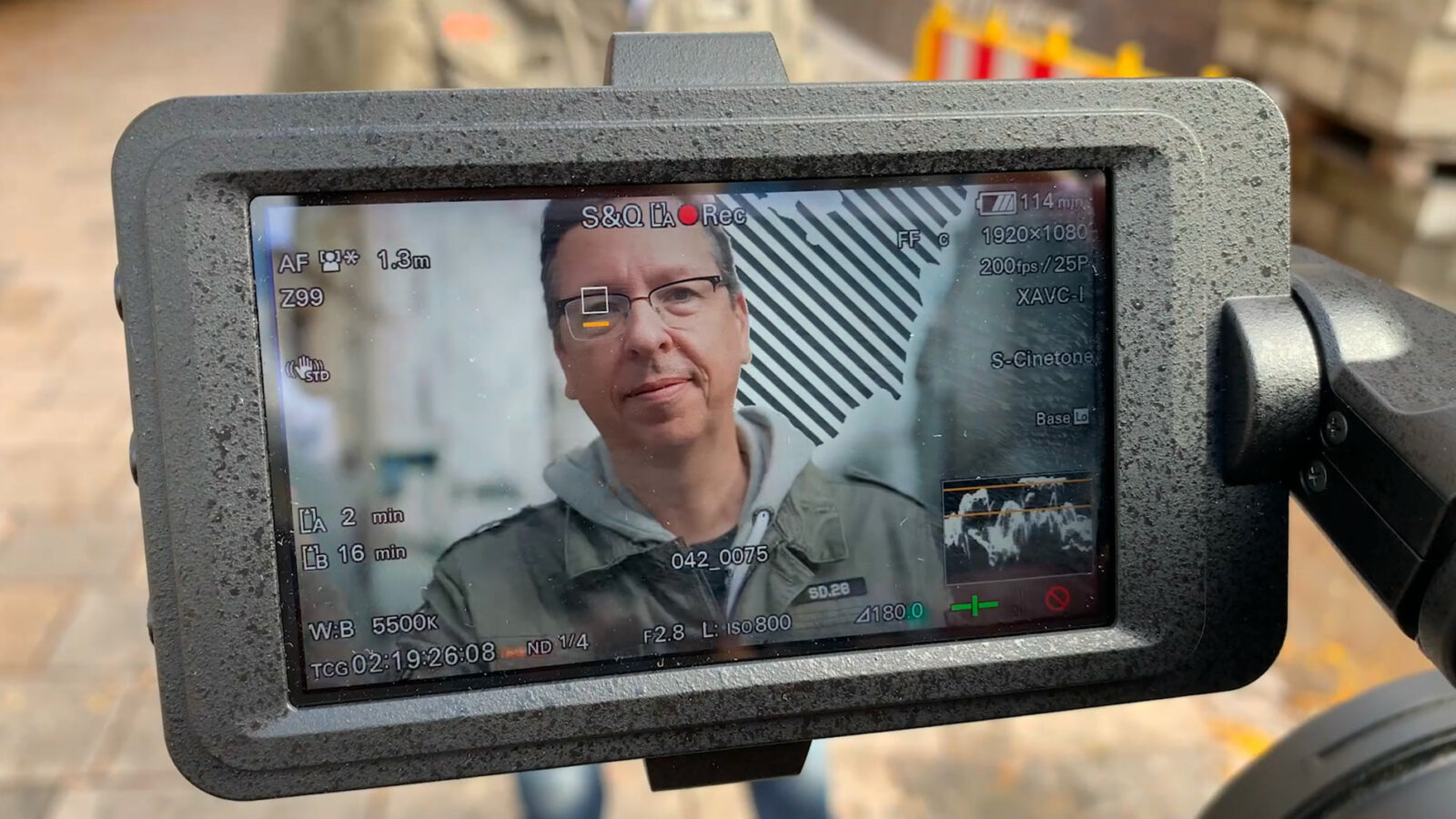
(High) frame rates: FX6 vs. FX9 vs. a7S III
Now let’s move on to frame rates. The FX9 can’t do a full-frame sensor and record 4K at 50 or 60p, which is why they introduced a 5K crop mode which will record 4K in 50 or 60p.
Now, the FX9’s smaller and half-priced sibling, the FX6, can record the full frame sensor at 50 or 60p without any problem. In fact, it can go much higher than that. In S&Q mode, the high-speed recording mode for slow motion, we can achieve up to 120 frames per second in 4K with a full-sensor readout without any crop whatsoever, just like with the a7S III. That is really impressive – and to make things even better, the autofocus works on the FX6 in most high-speed modes. When shooting with a 25p timebase, the autofocus works at up to 100 frames per second, with a 29.97 timebase even up to 120 frames per second, which is a bit confusing. In HD resolution, the FX6 can record a whopping 240 frames per second without any crop, and the autofocus functionality also depends on the base framerate in HD.
Compare that with the FX9 – much lower high frame rates – only 30p without crop – and no autofocus whatsoever once you go into the S&Q high-speed recording modes. Now, to be frank, as someone who bought an FX9, I am not too happy about this. The camera cost twice as much as the FX6.
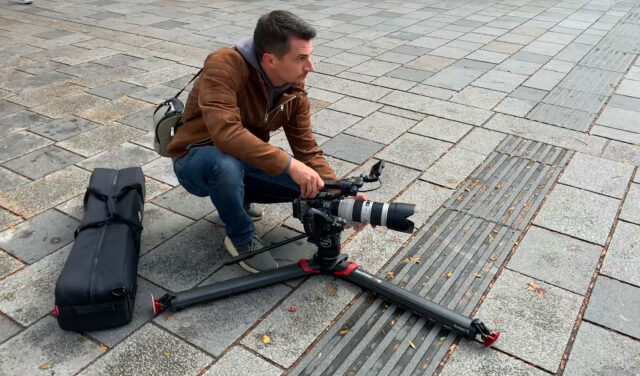
RAW output from the FX6 vs. FX9
Oh, talking about that, we should look at what you need to output RAW from the FX9 : the optional €2,500 XDCA-FX9. Yes, it also has other functions, but you will still need to purchase it if you want to record RAW from that camera.
What about the FX6? No accessories needed. You can output RAW directly from the camera to an Atomos recorder to record ProRes RAW. Another thing that doesn’t make an FX9 customer too happy! And did I mention the low-light? Also considerably better on the FX6!
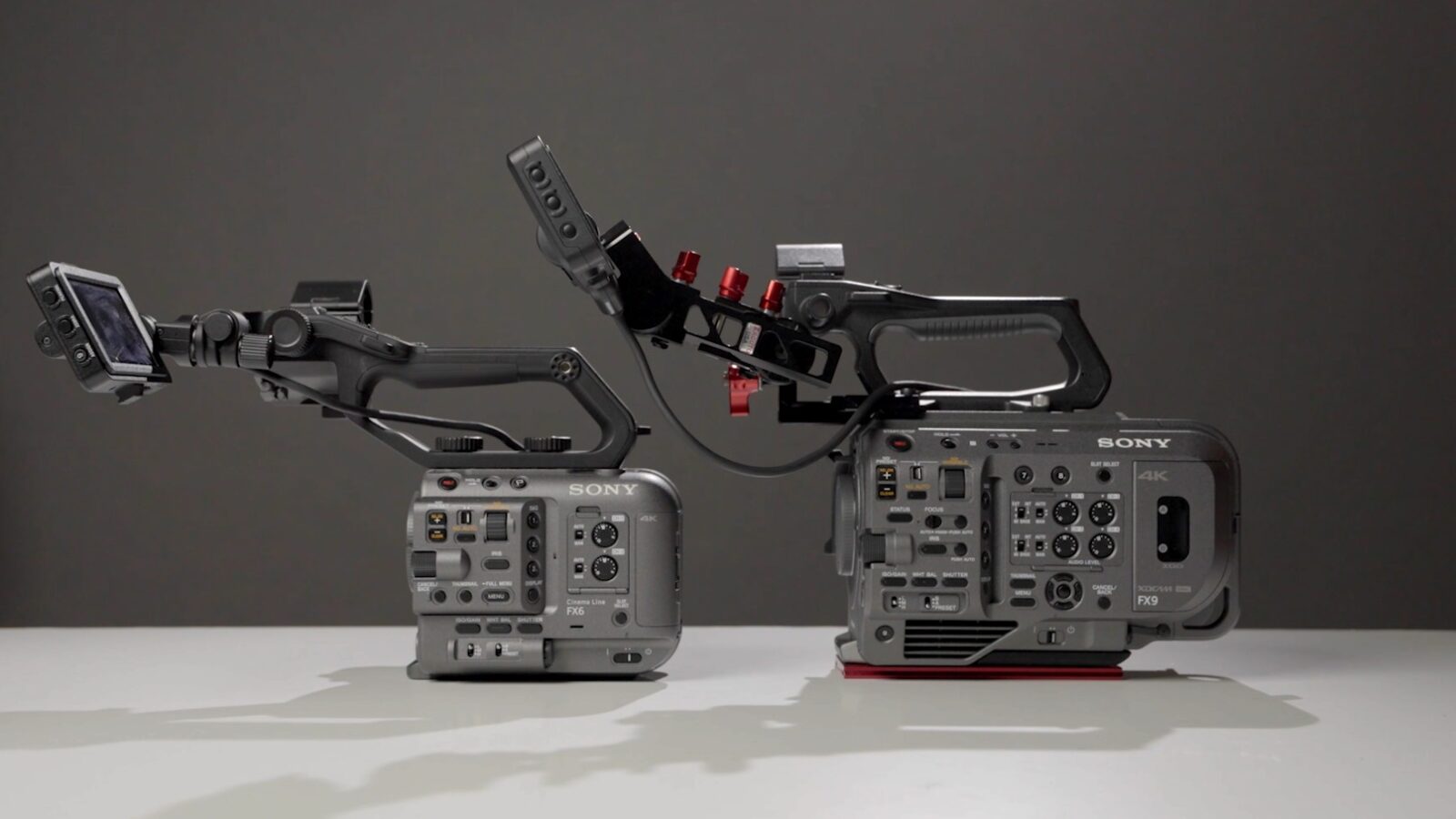
No Super35mm 4K crop on FX6
Now there is one big caveat on all that with the FX6 – it does not have a Super35mm crop mode in 4K resolution. You can only crop to S35 in HD, and this is down to the native 4K resolution of the sensor. That of course effectively means that you can’t use a lot of legacy glass with this camera.
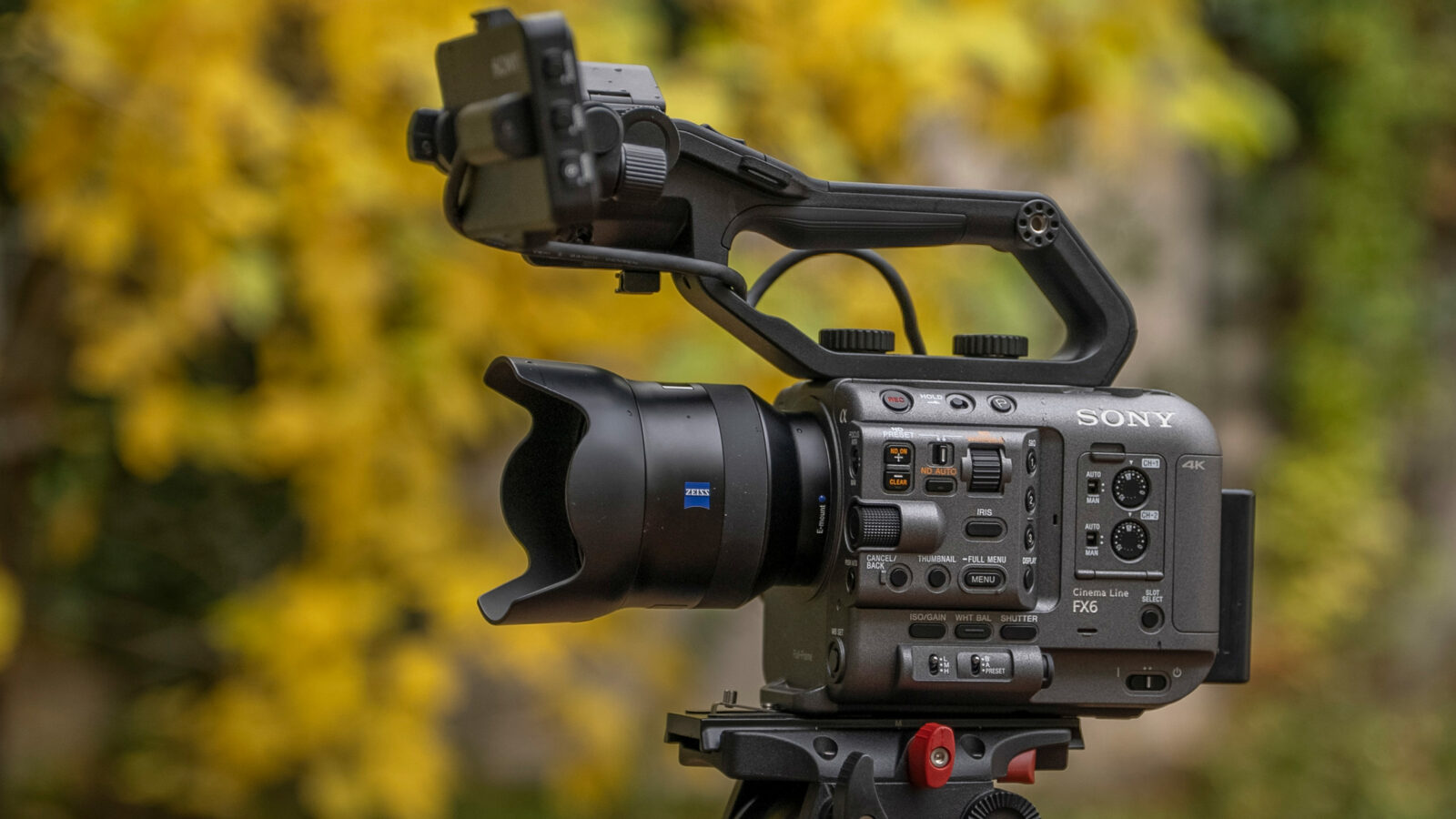
Clear Image Zoom [EDIT/ADDED Nov 18th]
I was made aware by Sony that there is a Clear image zoom even in 4K/QFHD. In 4K/QFHD it’s up to 1.5x, and in 1080p it’s up to 2x. Very nice to hear that the function even works in 4K although I guess it’s interpolating pixels as we are dealing with a 4K sensor.

Sony FX6 Review Conclusion
Putting my feelings about the comparison with the FX9 aside, the FX6 is a truly exceptional camera. I will still have to put a production version through its paces, but from what I have seen and experienced, for me personally this is very close to the perfect camera. It’s small, it’s light, it has almost all the codec options and frame rates I would ever need, amazing autofocus and it’s practically a night-vision camera.
I predict that the FX6 will become the true successor of the FS7 in productions all over the world. Yes, the FX9 still has some other functions like the Super35mm crop and others that will make it interesting for broadcasters and other high-end productions, and please check out my FX6 interview with Yann from Sony to hear their thoughts about that. But for a huge number of indie filmmakers, the FX6 will be enough – no in fact, it will be the better and more versatile choice!
The Sony FX6 is simply a frustratingly good camera, for an FX9 owner.
Does anyone want to buy my FX9? ;-)
Pricing and Availability
The Sony FX6 will cost $5,998 or €5,500 plus sales tax / VAT. It should be available in December.
What do you think about the new Sony FX6? Let us know in the comments below! And don’t miss our news article about the FX6 listing all its features in detail.
Links: Sony Pro Website.
